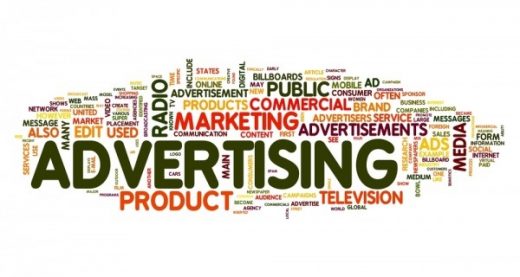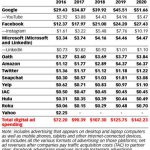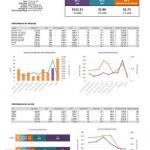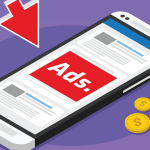The Ad Industry Is Stuck In The ‘Oops’ Syndrome
The Ad Industry Is Stuck In The ‘Oops’ Syndrome
by Laurie Sullivan , Staff Writer @lauriesullivan, August 30, 2017
The advertising industry has apparently become stuck in an “oops” cycle and can’t get out. Oops — we’re not measuring videos correctly. Oops — ads are appearing in controversial websites. Oops — there’s a lot more ad fraud than we thought we had. Some CMOs believe the mistakes are continuing to spiral out of control.
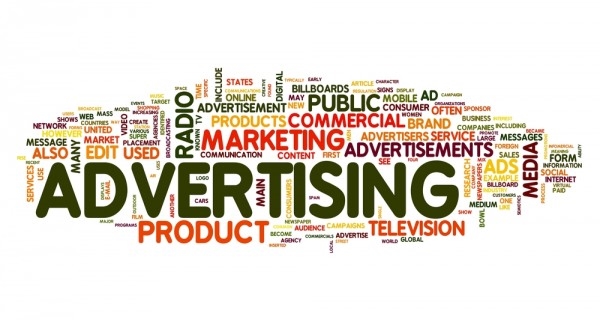
Liz Miller, SVP of marketing at the CMO Council, says mistakes seem to be happening more frequently — but it’s also possible that agency partners and internal teams are paying more attention to measurement and where ads serve up. However, there is a bigger issue at hand, she says. Consumers are not ready to be magnanimous. And when they’re not satisfied, they take their business to other brands.
So when Miller first heard that Alphabet planned to refund advertisers who bought ads through Google DoubleClick against fraudulent traffic, she thought, “wow, gee, thanks.” Then she wanted to ask Google, “so, are you creating a fund to cover our brand reputation losses when the ads show up in places we don’t want them to appear, or when we need to go back to our board members to say, remember all the metrics we had on those successful engagement campaigns? Well, they’re really not that successful. But don’t worry. Google will give us some of our money back.”
While the Interactive Advertising Bureau, 4As and other industry organizations continue to develop solutions to many of these problems, the challenge is that technology moves at warp speed. Time will be the greatest enemy. People who are willing to engage in fraudulent activities are evolving just as fast to game the system in industries making millions in ad fraud.
“Every time we think we have a handle on fraud or challenges around programmatic, something new pops up,” Miller said.
U.S. programmatic digital ad spend through private marketplaces will reach $9.23 billion by 2019, eMarketplace estimates. The blog post published Wednesday also cites a BrightRoll survey conducted in April 2017 that suggests more than half of advertisers plan to put more pressure on programmatic ad-tech partners to screen for fake news.
The situation is very different for a smaller company looking to do a targeted media buy compared with a mega-consumer products-goods company with billions of dollars to pour into advertising, Miller said. The marketers from the larger company might say “oh well” and take Google’s money, but the marketer from the smaller company typically has a small budget, which they have just begun to invest.
Miller says the CMO Council recently completed a study about consumer perception around advertising placements and how they feel about the brand when their ads serve up in an undesirable location. Consumers will walk away from the brand, she said, if they don’t believe in its values.
MediaPost.com: Search Marketing Daily
(34)

